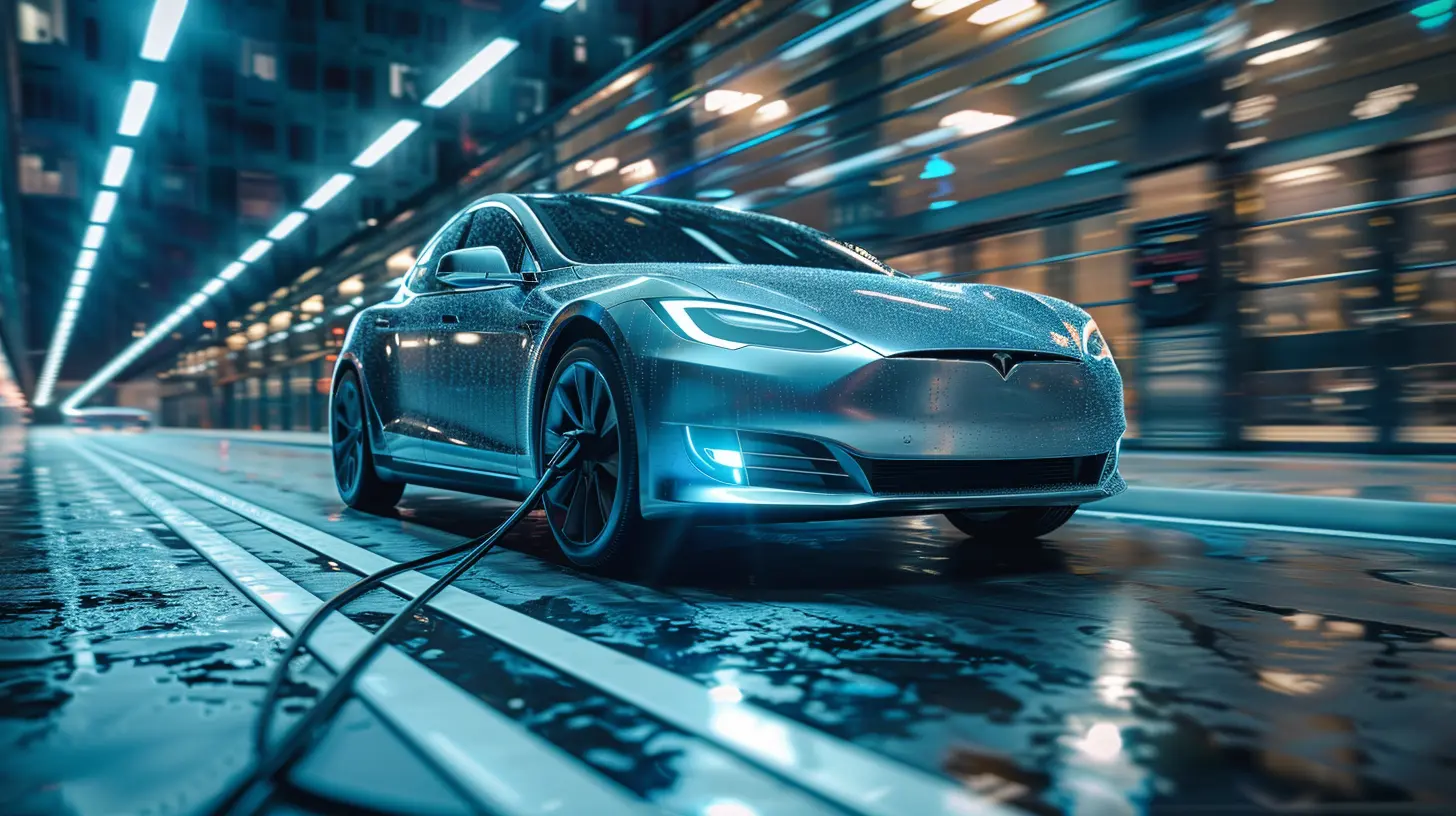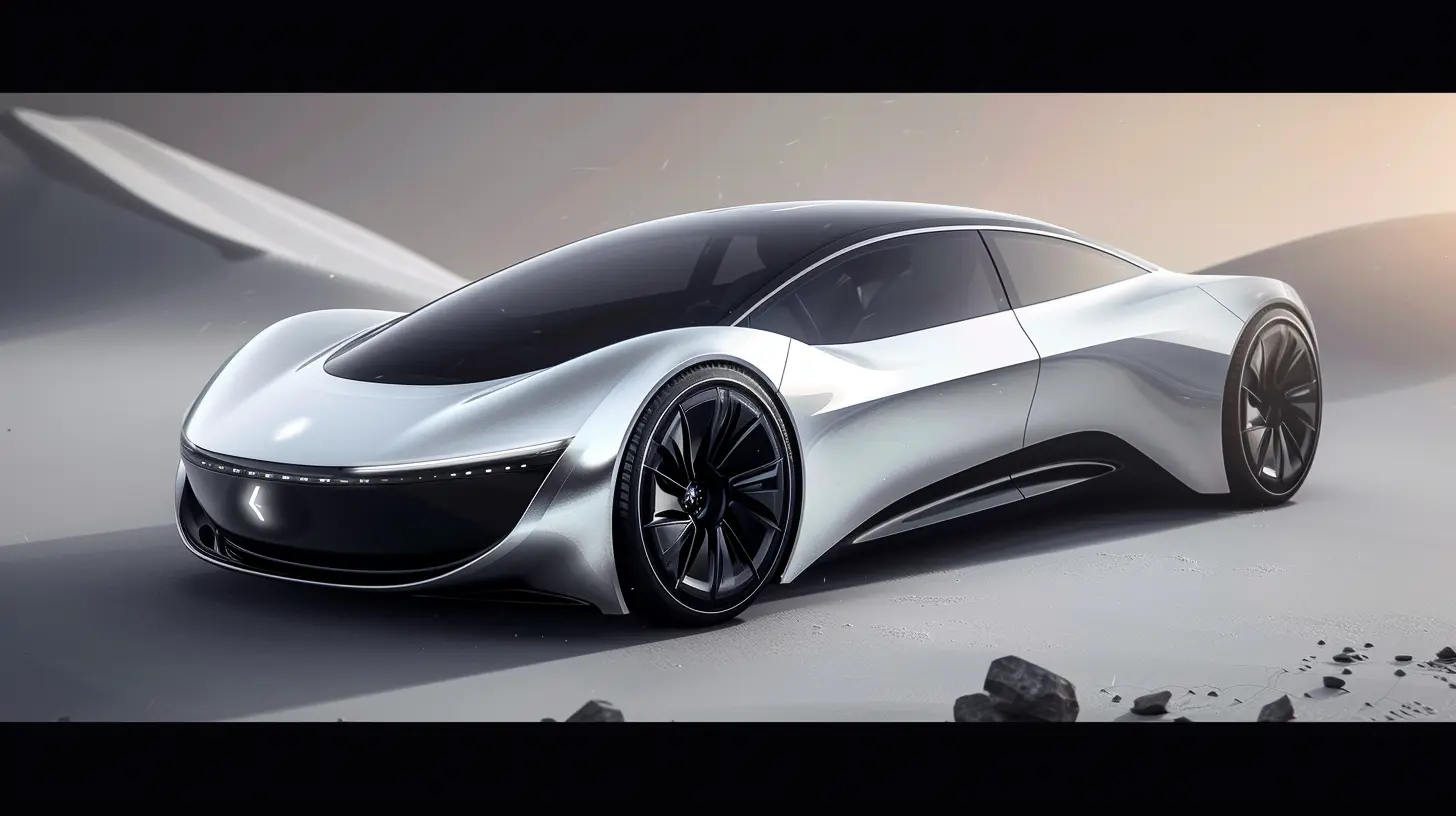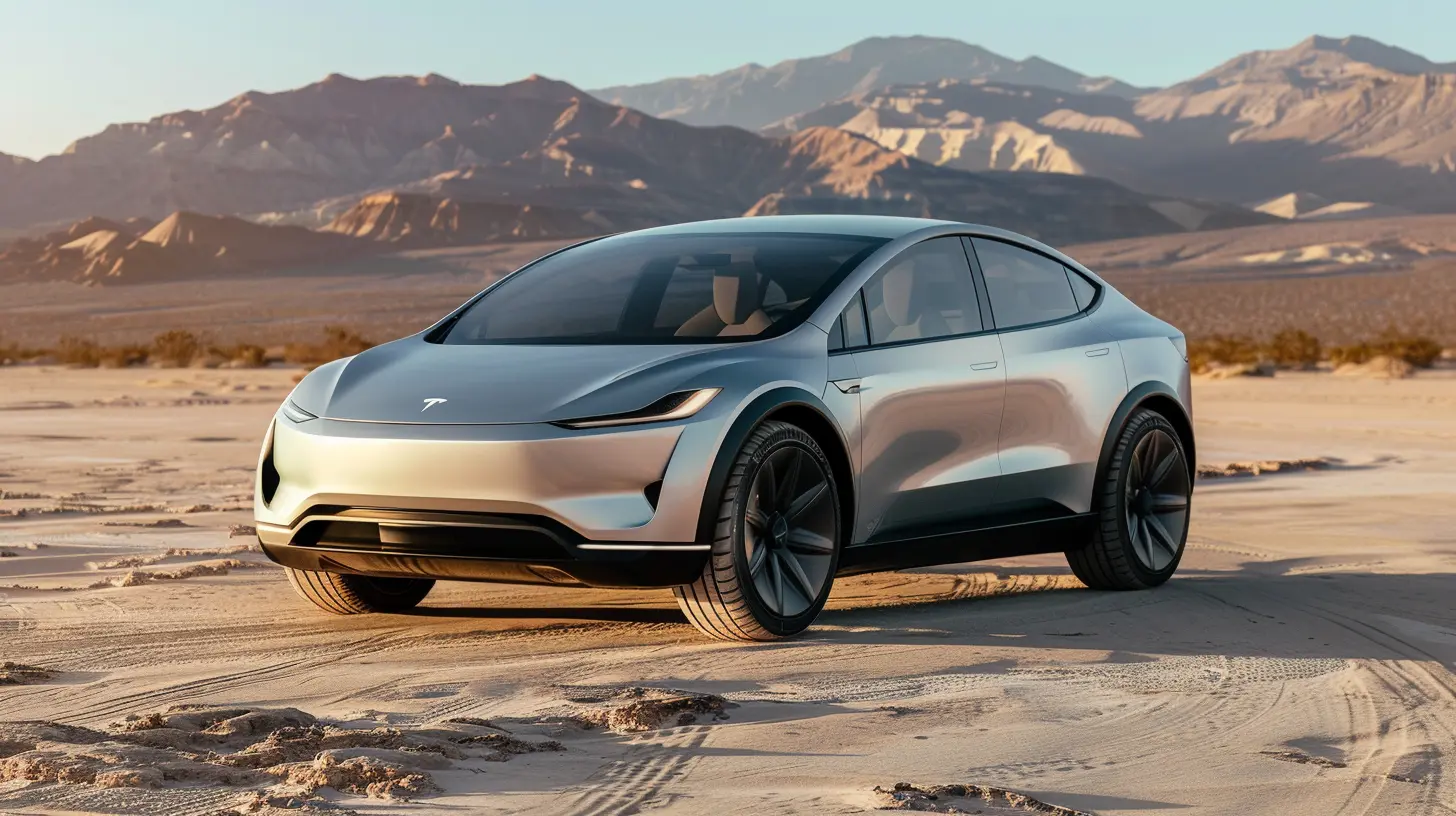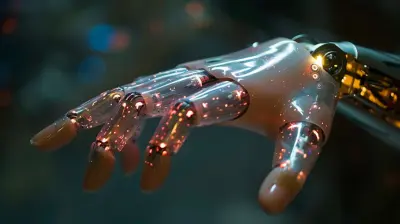The Future of EV Design: What’s Next for Electric Cars?
23 August 2025
Electric vehicles (EVs) have come a long way in the last decade, haven’t they? It feels like just yesterday when the thought of driving a fully electric car seemed like something straight out of a sci-fi movie. Today, though, EVs are not only mainstream but also rapidly transforming the automotive landscape. The question on everyone’s mind is: what’s next? What will the future of EV design look like in the years to come?
In this article, we’re going to dive deep into the future of electric car design, exploring the exciting possibilities and advancements that are sure to shake up the industry. From sleek, aerodynamic shapes to cutting-edge technologies, let’s explore the road ahead for electric vehicles.

A New Era of Aerodynamics
One of the biggest factors influencing the design of future electric vehicles is aerodynamics. The shape of a car plays a massive role in its efficiency, and with EVs, energy conservation is key. The less drag a vehicle creates while moving, the less power it needs to keep going. Simple, right?In the past, cars were designed with aesthetics in mind, often prioritizing style over function. But with EVs, the script is flipped. Automakers are now putting a stronger emphasis on reducing air resistance by designing cars that are sleek, smooth, and, in many cases, futuristic-looking.
You’ve probably noticed that many electric cars, like the Tesla Model 3 or the Lucid Air, have smooth and rounded shapes. This isn’t just for show – it’s all about efficiency. In the future, expect to see even more radical designs with elongated, streamlined profiles, retractable door handles, and even cameras replacing traditional mirrors. These small changes in design can have a huge impact on the vehicle's range and performance.
Active Aerodynamics
But wait, there’s more! Designers won’t stop at static shapes. The next step in EV design is "active aerodynamics," where parts of the vehicle can adjust dynamically to improve airflow. Think of it like having wings that adjust mid-flight to keep you gliding smoothly. For example, a car could have adjustable air vents or spoilers that change their angle depending on speed to reduce drag. How cool is that?As EVs continue to evolve, expect this technology to become more common, especially in high-performance models or luxury electric vehicles. It’s all about making every watt of electricity count!

Interior Design: Space Meets Sustainability
Just as the exterior of electric cars is evolving, so too are their interiors. As battery technology improves, automakers are finding they can free up more space inside the cabin. Without the need for a bulky engine or transmission tunnel, EVs offer a more open and spacious interior, which is great news for those of us who like to stretch out on long drives.Minimalist Design with a Purpose
One trend we’re already seeing is the shift toward minimalist interior design. Take a look at Tesla’s interior, for example. Aside from the steering wheel and a large touchscreen, there’s really not much else on the dashboard. This kind of minimalism isn’t just about looking futuristic – it's also practical. By reducing clutter and simplifying controls, automakers are creating a more user-friendly and intuitive driving experience.Future EVs are likely to take this even further. Expect to see fewer physical buttons and knobs, with more controls being integrated into touchscreen interfaces or even voice commands. The idea is to create a seamless interaction between the driver and the vehicle – almost like having a conversation with your car.
Sustainable Materials
But it’s not just about aesthetics. The materials used in electric car interiors are also getting a green makeover. In a world where sustainability is becoming more important than ever, automakers are beginning to use eco-friendly materials like recycled plastics, vegan leather, and even plant-based fibers.For instance, BMW has been experimenting with materials like recycled fishing nets for its car interiors. In the future, we can expect this trend to grow, with more automakers embracing sustainable and renewable resources to reduce their environmental footprint. This shift isn’t just a marketing gimmick – it’s a genuine move towards making EVs the greenest option on the road.

Battery Technology: The Heart of the EV Revolution
We can’t talk about the future of electric cars without mentioning the one thing that makes them run: batteries. Right now, the most common battery type used in EVs is the lithium-ion battery, but that’s about to change.Solid-State Batteries
The next big leap in EV design is the development of solid-state batteries. These batteries promise to be lighter, more energy-dense, and safer than their lithium-ion counterparts. Unlike traditional batteries, which use a liquid electrolyte, solid-state batteries use a solid electrolyte, which makes them less prone to overheating or catching fire. More importantly, they can store more energy in a smaller space, meaning future EVs could have much longer ranges.Imagine being able to drive your electric car for 600 miles on a single charge. Sounds pretty amazing, right? That’s what solid-state batteries could offer. Several companies, including Toyota, are already working on this technology, and we could see solid-state batteries powering EVs within the next few years.
Faster Charging
Another area where we expect to see massive improvements is charging speed. Right now, charging an EV can take anywhere from 30 minutes to several hours, depending on the charger and the car’s battery. But in the future, this will likely become a thing of the past.With advancements in battery technology and charging infrastructure, we’re on the cusp of ultra-fast charging that could fully charge a car in as little as 10 minutes. This would make owning and driving an electric vehicle even more convenient, as it would be almost as fast as filling up a gas tank.

Autonomous Driving: A Game-Changer for EV Design
There’s no denying that autonomous driving is the future of transportation, and EVs are at the forefront of this revolution. As autonomous technology continues to improve, it’s going to have a profound effect on the design of electric vehicles.Redefining the Driver’s Seat
Think about it: if cars can drive themselves, do we even need a driver’s seat? In the future, EVs could be designed with flexible interiors that can transform based on whether the car is being driven manually or autonomously. When the car is in self-driving mode, the seats could swivel around, turning the interior into a mobile living room or workspace. Imagine having a business meeting or watching a movie with your family while your car drives you to your destination!This new level of autonomy will completely change how we think about car interiors, making them more like living spaces than traditional vehicles. It’s a radical shift, but one that’s quickly becoming a reality.
Sustainability and the Circular Economy
As the world moves toward a more sustainable future, electric cars will play a key role in reducing carbon emissions. However, it’s not just about what powers the car – it’s also about how the car is built and disposed of.Recycling and Reusing Materials
In the future, automakers will need to think about the entire lifecycle of a vehicle, from the materials used in manufacturing to the disposal of old batteries. This is where the concept of the circular economy comes into play. The idea is that materials used in EVs can be recycled and reused, reducing waste and minimizing the environmental impact.For example, old EV batteries can be repurposed for energy storage systems, helping to power homes or businesses. Likewise, parts of the car, such as metal and plastic components, can be recycled and used to build new vehicles. This shift towards a circular economy is essential for making EVs even more eco-friendly.
The Role of Artificial Intelligence (AI)
As technology continues to advance, artificial intelligence (AI) will play a significant role in shaping the future of EV design. From optimizing battery performance to enhancing autonomous driving capabilities, AI has the potential to revolutionize the EV industry.Smart Energy Management
One of the most exciting applications of AI in EVs is smart energy management. Future electric cars will be able to monitor driving patterns, weather conditions, and traffic data to optimize energy use in real-time. Imagine your car knowing when to conserve energy during heavy traffic or when to boost performance during an open highway stretch, all without you lifting a finger!Personalized Driving Experience
AI will also make the driving experience more personalized. Imagine getting into your car, and it automatically adjusts the seat, climate control, and music based on your preferences. Even better, AI could predict when you’ll need to charge based on your daily routines and suggest the most convenient charging stations along your route. It’s like having your own personal assistant built into your car.Conclusion: The Road Ahead for EV Design
The future of electric vehicle design is bright – and it's coming faster than you might think. With advancements in aerodynamics, battery technology, autonomous driving, and AI, the next generation of EVs will be more efficient, sustainable, and user-friendly than ever before. Not only will they look and feel different from today’s cars, but they’ll also revolutionize the way we think about transportation.So, what’s next for electric cars? It’s not just about getting from point A to point B anymore – it’s about reimagining the entire driving experience. One thing’s for sure: the future of EV design is going to be electrifying!
all images in this post were generated using AI tools
Category:
Electric VehiclesAuthor:

Ugo Coleman
Discussion
rate this article
1 comments
Romina Green
Oh, absolutely! Because nothing screams “futuristic” like a car that quietly glides past while I’m stuck in traffic, contemplating my life choices. Can’t wait for the sleek designs that’ll totally change how I feel about being late to everything!
August 25, 2025 at 12:11 PM

Ugo Coleman
I appreciate your perspective! It’s true that while EVs bring innovation, they also remind us of the realities of modern life, including traffic. Here's hoping the designs ahead not only impress but also enhance our experience on the road!


